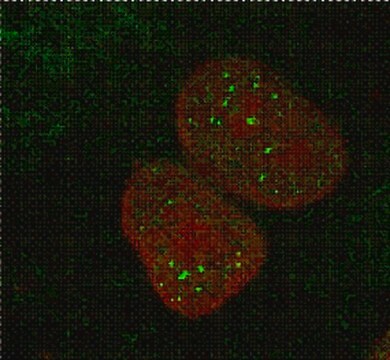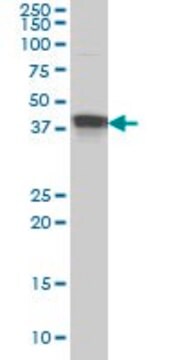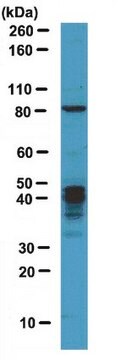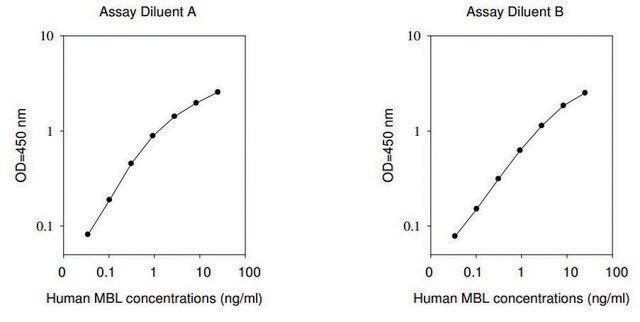M3320
Monoclonal Anti-MBNL1 antibody produced in mouse
~1 mg/mL, clone HL 1822 (3A4-1E9), purified immunoglobulin, buffered aqueous solution
Synonym(s):
Anti-CUG Triplet Repeat Expansion Double-stranded RNA-binding protein, Anti-EXP, Anti-KIAA0428, Anti-Muscleblind-like protein, Anti-Triplet-expansion RNA-binding protein
About This Item
Recommended Products
biological source
mouse
Quality Level
conjugate
unconjugated
antibody form
purified immunoglobulin
antibody product type
primary antibodies
clone
HL 1822 (3A4-1E9), monoclonal
form
buffered aqueous solution
mol wt
antigen ~42 kDa
species reactivity
monkey, mouse, human
concentration
~1 mg/mL
technique(s)
immunocytochemistry: suitable
immunohistochemistry: suitable
microarray: suitable
western blot: 0.2-0.5 μg/mL using HeLa nuclear cell extract
isotype
IgG1
UniProt accession no.
shipped in
dry ice
storage temp.
−20°C
target post-translational modification
unmodified
Gene Information
human ... MBNL1(4154)
mouse ... Mbnl1(56758)
General description
Immunogen
Application
Biochem/physiol Actions
Physical form
Disclaimer
Not finding the right product?
Try our Product Selector Tool.
Storage Class
10 - Combustible liquids
wgk_germany
WGK 3
flash_point_f
Not applicable
flash_point_c
Not applicable
ppe
Eyeshields, Gloves, multi-purpose combination respirator cartridge (US)
Certificates of Analysis (COA)
Search for Certificates of Analysis (COA) by entering the products Lot/Batch Number. Lot and Batch Numbers can be found on a product’s label following the words ‘Lot’ or ‘Batch’.
Already Own This Product?
Find documentation for the products that you have recently purchased in the Document Library.
Our team of scientists has experience in all areas of research including Life Science, Material Science, Chemical Synthesis, Chromatography, Analytical and many others.
Contact Technical Service








